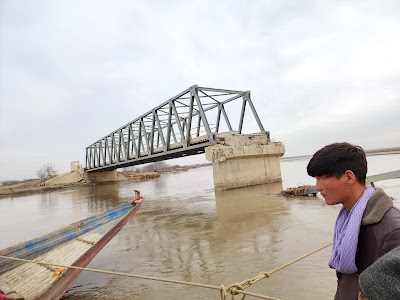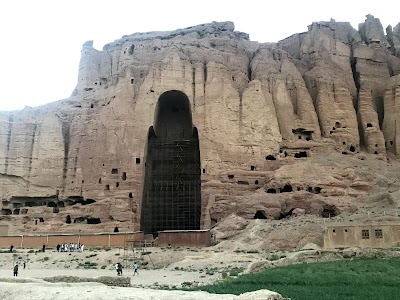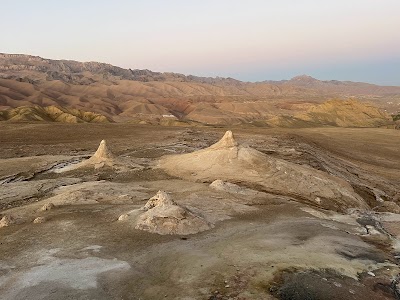Shahr-e Gholghola (شهر غلغله)
Related Places
Overview
Introduction to Shahr-e Gholghola
Shahr-e Gholghola, also known as the "City of Screams," is a historical site nestled in the breathtaking Bamyan Valley of Afghanistan. This ancient city, rich in history and archaeological significance, dates back to the 6th century and serves as a remarkable testament to the region's storied past. For travelers seeking to explore the hidden gems of Afghanistan, Shahr-e Gholghola offers a unique blend of culture, history, and natural beauty, inviting visitors to step back in time and experience the echoes of a once-thriving civilization.
The Historical Significance
The name "Gholghola" derives from the Persian word for "screams," which is believed to refer to the cries of the inhabitants during the devastating Mongol invasion in the 13th century. The city is a significant archaeological site that showcases the remnants of ancient civilization, including its fortifications, residential complexes, and temples. As you wander through the ruins, you’ll encounter remnants of Buddhist stupas and carvings from the time when Bamyan was a prominent center of Buddhist culture, evident from the world-famous giant Buddha statues (now destroyed) that once stood majestically in the valley.
Exploring the Ruins
As you venture into Shahr-e Gholghola, the first thing that strikes you is the stunning landscape that surrounds the site. The city is perched on a hillside, offering panoramic views of the Bamyan Valley, which is characterized by its lush greenery and dramatic rock formations. The ruins themselves are scattered across the area, with crumbling walls and ancient structures that narrate stories of resilience and tragedy.
Visitors can explore the remnants of the city walls, which once provided protection against invaders, and the remains of residential quarters that hint at the daily lives of the people who inhabited this vibrant settlement. The atmosphere is serene yet haunting, as the whispers of history seem to linger in the air, inviting reflection on the trials and triumphs of those who came before.
Cultural Insights and Local Interaction
After exploring the ruins, take the opportunity to interact with the local residents, who are known for their hospitality and warmth. The Bamyan region is home to the Hazara ethnic group, whose rich culture and traditions are deeply intertwined with the history of Shahr-e Gholghola. Engaging with locals can provide valuable insights into their way of life, customs, and the impact of historical events on their community.
Don’t miss the chance to taste traditional Afghan cuisine, which often features hearty dishes like kebabs, pilaf, and various fresh vegetables. Sharing a meal with locals can foster a sense of connection and deepen your understanding of the region's heritage.
Visiting Tips
For foreign travelers, visiting Shahr-e Gholghola is an adventure that requires careful planning. Given the region's unique security situation, it’s essential to stay updated on travel advisories and seek guidance from local experts or travel agencies that specialize in Afghan tourism.
When planning your visit, consider the best times to go, with spring (March to May) and autumn (September to November) offering mild weather and stunning natural scenery. Make sure to pack essentials such as comfortable walking shoes, sun protection, and a camera to capture the breathtaking views and unique architectural features of the site.
In conclusion, Shahr-e Gholghola is more than just a historical site; it is a gateway into Afghanistan's rich cultural tapestry and a reminder of the resilience of its people. For those willing to explore this remarkable destination, the rewards are plentiful, offering a rare glimpse into a pivotal chapter of human history amidst the stunning landscapes of Bamyan Valley.





